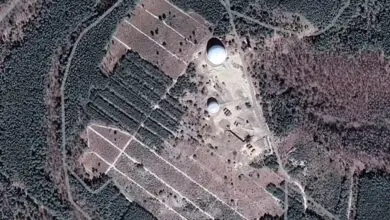Axiad Unveils Passwordless Authentication for US Federal Cyberspace
California-based identification solutions provider Axiad has introduced a passwordless authentication package to deter cybersecurity threats at US federal agencies.
The Passwordless for Air-Gapped and Critical Environments enables agencies to authenticate users without using passwords and features self-service automated capabilities to “air-gapped” or isolated networks as well as critical solutions integrated with Microsoft Security.
The platform will aid government agencies, defense industry partners, and related organizations to maximize security, protect end-user acceptance, decrease overhead costs, and bolster the efficiency of frontline workers.
Providing ‘Missing Ingredient’
Axiad’s package is an architecture developed to meet the goals highlighted in White House Executive Order (EO) 14028.
The directive, which focuses on cybersecurity enhancement across the nation, requires federal agencies to adopt zero-trust principles and network adjustments, an approach that continuously validates and authorizes all user credentials in an organization before being allowed access to data.
“With this new package, Axiad is the first company to provide all these elements plus the critical missing ingredient – self-service authentication management, including enrollment and account recovery – and bring them to the on-premises Microsoft ecosystem,” Axiad Chief Operating Officer Jerome Becquart explained.
Microsoft Principal Product Manager Ehud Itshaki added that “Axiad’s integration with Microsoft empowers critical infrastructure, government and defense industrial base to easily upgrade their existing Microsoft on-premises infrastructure to become passwordless.”
“With phishing-resistant, passwordless authentication, they can enhance their security posture and comply with the recent EO mandating phishing-resistant MFA (multi-factor authentication) – all while getting more out of their existing Microsoft authentication and infrastructure investments.”












